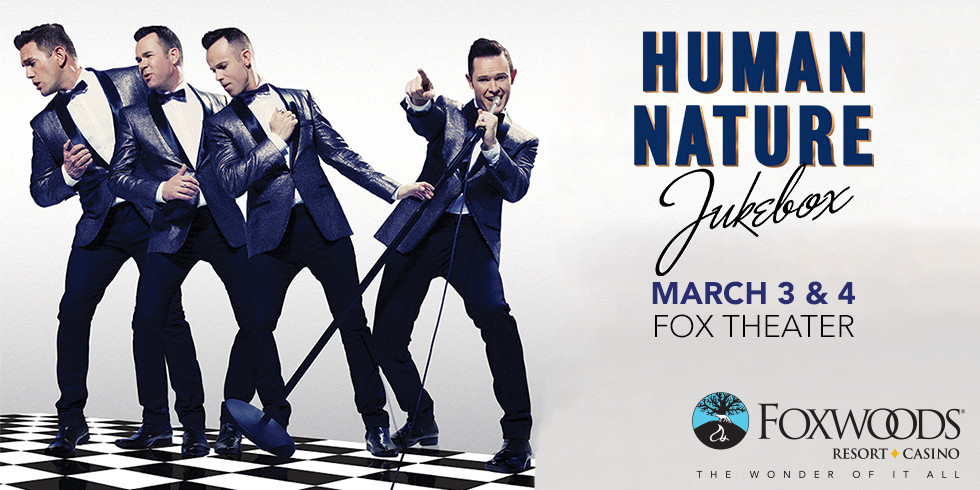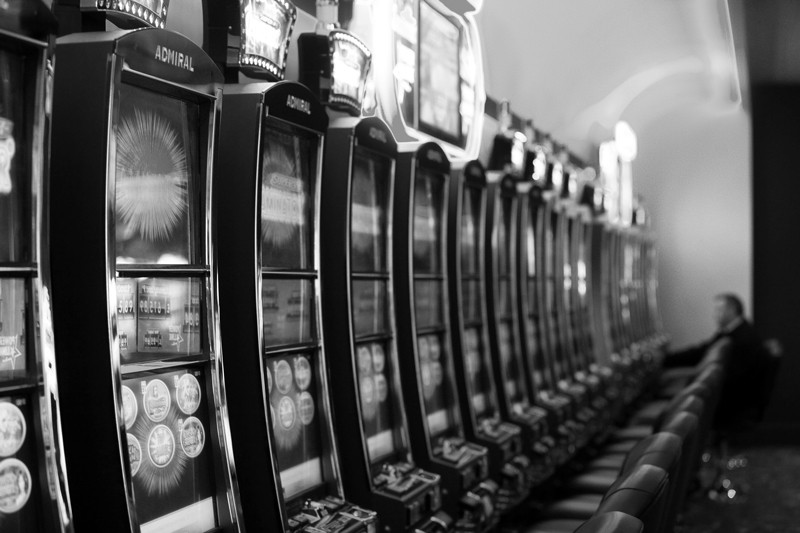

- Ariely, D. (2008). Predictably irrational: The hidden forces that shape our decisions. London: HarperCollins Publishers.Google Scholar
- Bargh, J. A., & Chartrand, T. L. (1999). The unbearable automaticity of being. American Psychologist, 54, 452–479.CrossRefGoogle Scholar
- Bergler, E. (1957). The psychology of gambling. New York: Hill and Wang.Google Scholar
- Brown, D. (2007). Tricks of the mind. London: Transworld Publishers.Google Scholar
- Buonomano, D. (2011). Brain bugs: How the brain's flaws shape our lives. New York: W.W. Norton and Company.Google Scholar
- Chabris, C., & Simons, D. (2010). The invisible gorilla and other ways our intuition deceives us. London: HarperCollins Publishers.Google Scholar
- Clark, L., Lawrence, A. J., Astley-Jones, F., & Gray, N. (2009). Gambling near-misses enhance motivation to gamble and recruit win-related brain circuitry. Neuron, 61, 481–490. doi:10.1016/j.neuron.2008.12.031.CrossRefPubMedPubMedCentralGoogle Scholar
- Gaming Technologies Australia (formerly Australian Gaming Machine Manufacturers Association) Australian gaming machines player information booklet.Google Scholar
- Hodgins, D. C., Currie, S. R., & el-Guebaly, N. (2001). Motivational enhancement and self-help treatments for problem gambling. Journal of Consulting and Clinical Psychology, 69(1), 50–57.CrossRefPubMedGoogle Scholar
- Kahneman, D. (2011). Thinking, fast and slow. London: Penguin Books.Google Scholar
- Kavanagh, D. J., Andrade, J., & May, J. (2004). Beating the urge: Implications of research into substance-related desires. Addictive Behaviors, 29, 1359–1372. doi:10.1016/j.addbeh.2004.06.009.CrossRefPubMedGoogle Scholar
- Ladouceur, R., & Lachance, S. (2007). Overcoming pathological gambling: Therapist guide. Oxford: Oxford University Press.Google Scholar
- Marlatt, G. A., & Parks, G. A. (1982). Self-management of addictive behaviors. In P. Karoly & F. H. Kanfer (Eds.), Self-management and behaviour change. New York: Pergamon Press.Google Scholar
- Miller, W. R., & Rollnick, S. (1991). Motivational interviewing: Preparing people to change addictive behaviour. New York: The Guilford Press.Google Scholar
- Panksepp, J. (1998). Affective neuroscience: The foundations of human and animal emotions. Oxford: Oxford University Press.Google Scholar
- Pascal, B. (1966). Human happiness. London: Penguin Books edition.Google Scholar
- Petry, N. M. (2005). Pathological gambling: Etiology, comorbidity, and treatment. Washington: American Psychological Association.CrossRefGoogle Scholar
- Raylu, N., & Oei, T. P. (2010). A cognitive behavioural therapy programme for problem gambling: Therapist manual. London: Routledge.Google Scholar
- Robinson, T. E., & Berridge, K. C. (2000). The psychology and neurobiology of addiction: An incentive-sensitization view. Addiction, 95(Supplement 2), S91–S117.PubMedGoogle Scholar
- Ross, D., Sharp, C., Vuchinich, R. E., & Spurrett, D. (2008). Midbrain mutiny: The picoeconomics and neuroeconomics of disordered gambling. Massachusetts: MIT Press.Google Scholar
- Schull, N. D. (2012). Addiction by design: Machine gambling in Las Vegas. Princeton NJ: Princeton University Press.Google Scholar
- Schultz, W., Dayan, P., & Montague, P. R. (1997). A neural substrate of prediction and reward. Science, 275, 1593–1599.CrossRefPubMedGoogle Scholar
- Seligman, M. E. P. (1990). Learned optimism. Sydney: Random House Australia.Google Scholar
- Spinella, M. (2003). Evolutionary mismatch, neural reward circuits, and pathological gambling. International Journal of Neuroscience, 113, 503–512. doi:10.1080/00207450390162254.CrossRefPubMedGoogle Scholar
- Turner, N. (2002). Randomness, does it matter? Journal of Gambling Issues, 2. doi:10.4309/jgi.2002.6.2.
- Turner, N., & Horbay, R. (2004). How do slot machines and other electronic gambling machines actually work? Journal of Gambling Issues, 11. doi:10.4309/jgi.2006.17.7.
- Walker, M. B. (1995). The psychology of gambling. Oxford: Pergamon Press.Google Scholar
- Zack, M. (2006). What can affective neuroscience teach us about gambling? Journal of Gambling Issues, 16. doi:10.4309/jgi.2006.16.20.



- Ariely, D. (2008). Predictably irrational: The hidden forces that shape our decisions. London: HarperCollins Publishers.Google Scholar
- Bargh, J. A., & Chartrand, T. L. (1999). The unbearable automaticity of being. American Psychologist, 54, 452–479.CrossRefGoogle Scholar
- Bergler, E. (1957). The psychology of gambling. New York: Hill and Wang.Google Scholar
- Brown, D. (2007). Tricks of the mind. London: Transworld Publishers.Google Scholar
- Buonomano, D. (2011). Brain bugs: How the brain's flaws shape our lives. New York: W.W. Norton and Company.Google Scholar
- Chabris, C., & Simons, D. (2010). The invisible gorilla and other ways our intuition deceives us. London: HarperCollins Publishers.Google Scholar
- Clark, L., Lawrence, A. J., Astley-Jones, F., & Gray, N. (2009). Gambling near-misses enhance motivation to gamble and recruit win-related brain circuitry. Neuron, 61, 481–490. doi:10.1016/j.neuron.2008.12.031.CrossRefPubMedPubMedCentralGoogle Scholar
- Gaming Technologies Australia (formerly Australian Gaming Machine Manufacturers Association) Australian gaming machines player information booklet.Google Scholar
- Hodgins, D. C., Currie, S. R., & el-Guebaly, N. (2001). Motivational enhancement and self-help treatments for problem gambling. Journal of Consulting and Clinical Psychology, 69(1), 50–57.CrossRefPubMedGoogle Scholar
- Kahneman, D. (2011). Thinking, fast and slow. London: Penguin Books.Google Scholar
- Kavanagh, D. J., Andrade, J., & May, J. (2004). Beating the urge: Implications of research into substance-related desires. Addictive Behaviors, 29, 1359–1372. doi:10.1016/j.addbeh.2004.06.009.CrossRefPubMedGoogle Scholar
- Ladouceur, R., & Lachance, S. (2007). Overcoming pathological gambling: Therapist guide. Oxford: Oxford University Press.Google Scholar
- Marlatt, G. A., & Parks, G. A. (1982). Self-management of addictive behaviors. In P. Karoly & F. H. Kanfer (Eds.), Self-management and behaviour change. New York: Pergamon Press.Google Scholar
- Miller, W. R., & Rollnick, S. (1991). Motivational interviewing: Preparing people to change addictive behaviour. New York: The Guilford Press.Google Scholar
- Panksepp, J. (1998). Affective neuroscience: The foundations of human and animal emotions. Oxford: Oxford University Press.Google Scholar
- Pascal, B. (1966). Human happiness. London: Penguin Books edition.Google Scholar
- Petry, N. M. (2005). Pathological gambling: Etiology, comorbidity, and treatment. Washington: American Psychological Association.CrossRefGoogle Scholar
- Raylu, N., & Oei, T. P. (2010). A cognitive behavioural therapy programme for problem gambling: Therapist manual. London: Routledge.Google Scholar
- Robinson, T. E., & Berridge, K. C. (2000). The psychology and neurobiology of addiction: An incentive-sensitization view. Addiction, 95(Supplement 2), S91–S117.PubMedGoogle Scholar
- Ross, D., Sharp, C., Vuchinich, R. E., & Spurrett, D. (2008). Midbrain mutiny: The picoeconomics and neuroeconomics of disordered gambling. Massachusetts: MIT Press.Google Scholar
- Schull, N. D. (2012). Addiction by design: Machine gambling in Las Vegas. Princeton NJ: Princeton University Press.Google Scholar
- Schultz, W., Dayan, P., & Montague, P. R. (1997). A neural substrate of prediction and reward. Science, 275, 1593–1599.CrossRefPubMedGoogle Scholar
- Seligman, M. E. P. (1990). Learned optimism. Sydney: Random House Australia.Google Scholar
- Spinella, M. (2003). Evolutionary mismatch, neural reward circuits, and pathological gambling. International Journal of Neuroscience, 113, 503–512. doi:10.1080/00207450390162254.CrossRefPubMedGoogle Scholar
- Turner, N. (2002). Randomness, does it matter? Journal of Gambling Issues, 2. doi:10.4309/jgi.2002.6.2.
- Turner, N., & Horbay, R. (2004). How do slot machines and other electronic gambling machines actually work? Journal of Gambling Issues, 11. doi:10.4309/jgi.2006.17.7.
- Walker, M. B. (1995). The psychology of gambling. Oxford: Pergamon Press.Google Scholar
- Zack, M. (2006). What can affective neuroscience teach us about gambling? Journal of Gambling Issues, 16. doi:10.4309/jgi.2006.16.20.
Gambling Human Nature Definition
Through gambling, people engage both the mathematical concept of probability, and the metaphysical concept of chance. It's a way to make light of risk; to tame uncertainty. In other words, gambling is part of human nature. 'Gambling behaviour is an enigma. It is an area of human behaviour that is full of paradoxes. Most of all, it is a challenge to our best theories of human nature. Nearly all gambling is structured so that the gambler should expect to lose, all things being equal. The peculiarity of gambling topic is, of course, fact that we're dealing with human beings. So, in the prevailing climate of the aftermath of 2018 — a seminal year for American and worldwide gambling — we thought it might be interesting to look into that harbor of our mind and see what lies beneath. Gambling is one of those activities where people effectively can get something for nothing, which is why some people will take risks.

